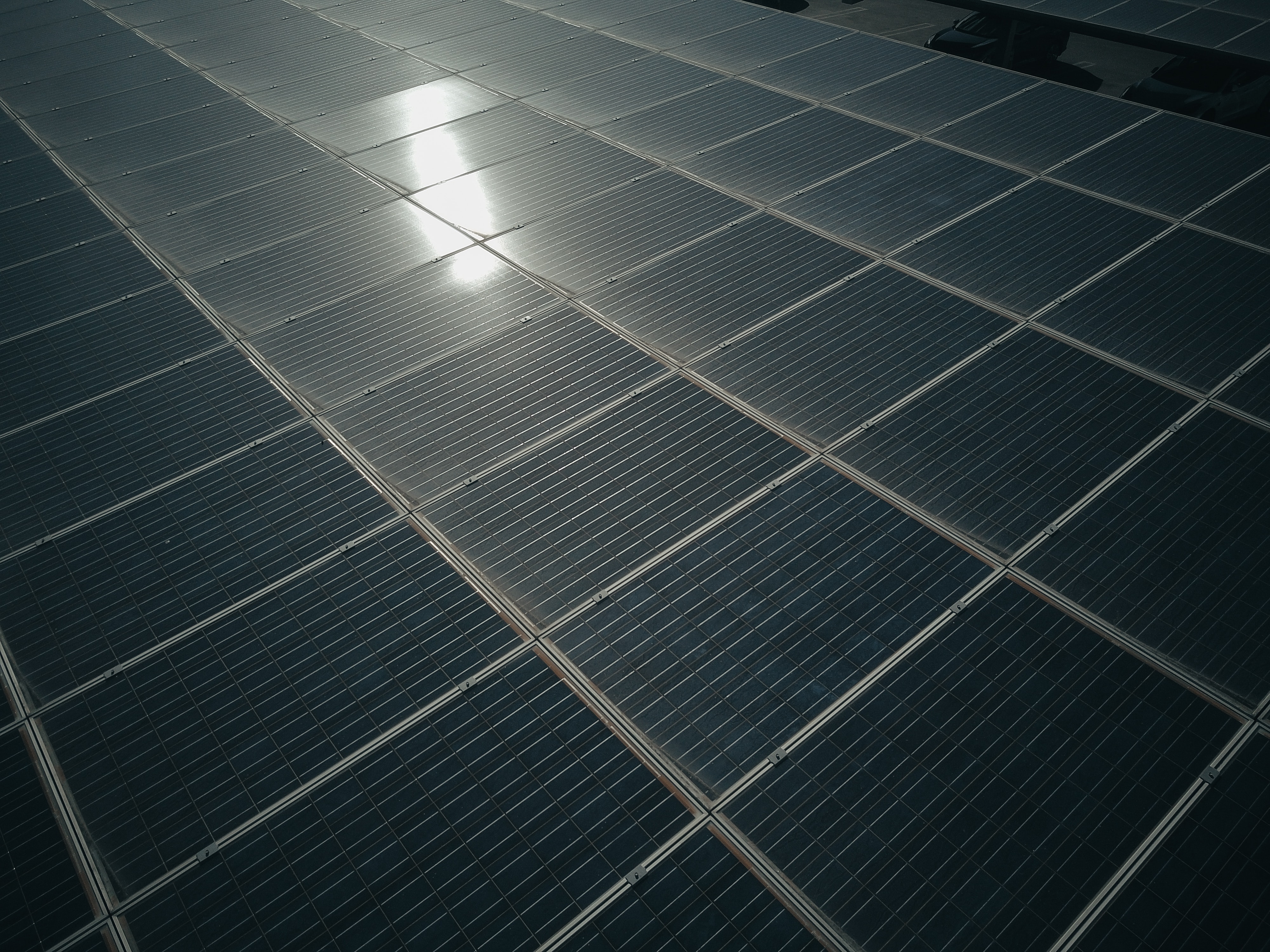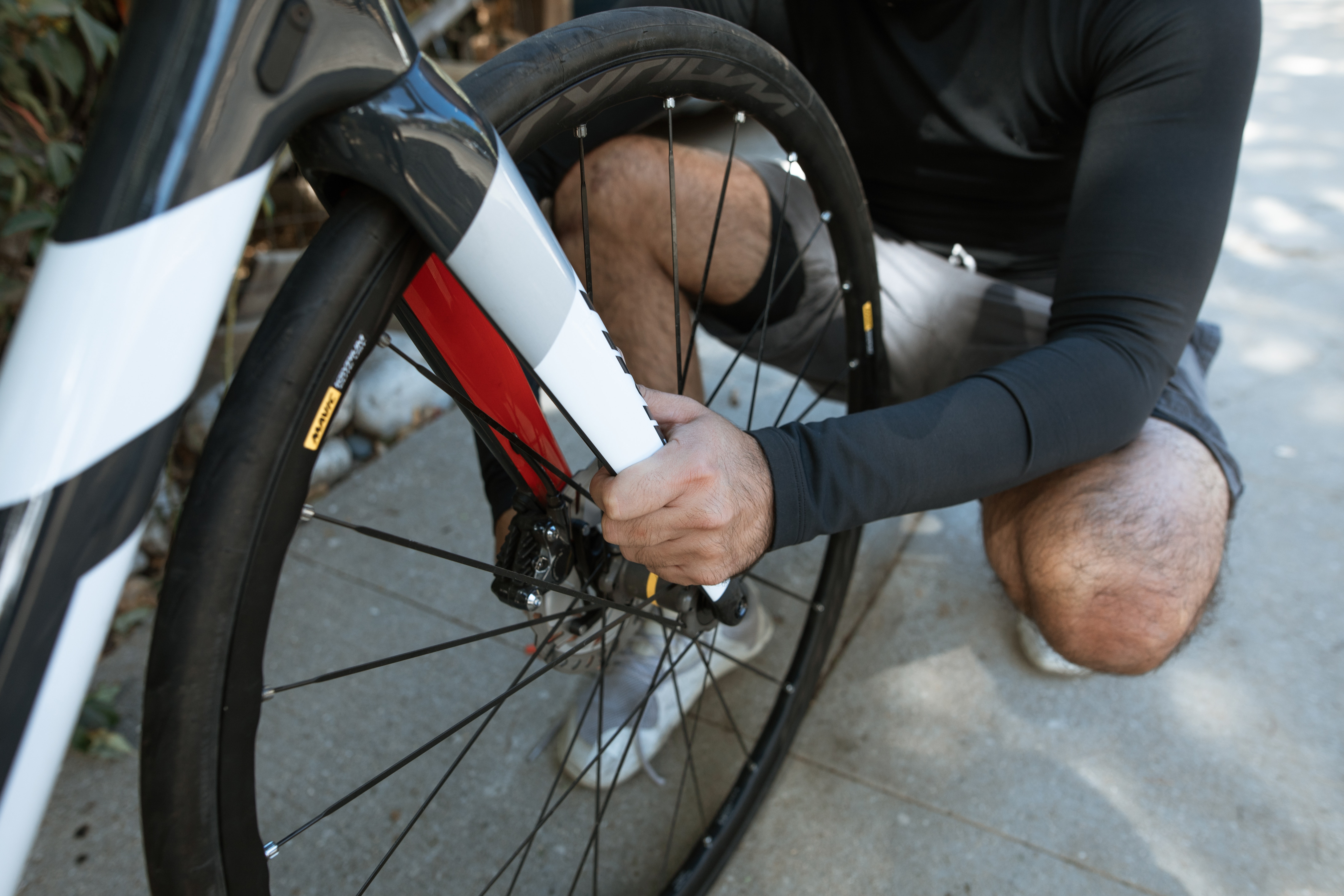IKEA has rolled out a new sustainable last mile delivery vehicle. Solar powered cargo bikes. At least in concept this idea is great, an electric bike being charged by completely green energy. Since the solar panels are built in it should also be able to charge just about anywhere. So long as you have sunlight you have the potential to charge your bike.
How viable is this bike though? While it might be great on paper it’s still a physical bike that needs to perform. If the solar charging isn’t practical and it’s just a gimmick then it isn’t really helping anything. If that’s the case then the bike might be great for IKEA’s marketing but represents an overall less sustainable bike due to increased carbon cost at production. Although that may be marginal.
Assuming this bike does work as intended, is it something that can be incorporated into other e-bike designs? Where are its limitations and what are its best features? In a best case scenario we could use this to make electric bikes even greener. Perhaps even extend their range without the need for bigger batteries. The worst case scenario is investment into a technology that ultimately doesn’t suit the needs of the rider.
IKEA’s Solar Powered Bike
There is no getting around the fact this is a green method of last mile delivery. Swapping to an electric bike over a van -electric or petrol based- is more sustainable. So we want to start by saying well done to IKEA for that.
The bike -named the SunRider- itself is pretty cool. A three wheel cargo bike that can carry 90% of IKEA’s merchandise. It’s simple and functional, it looks pretty nice in the company colours too. All of that is secondary to what we’re talking about though. The thing that makes this bike different is the solar panels built into the side of the cargo container.
The SunRider can be charged 100% by solar power and has 67% lower emissions than other electric cargo bikes. That all sounds like fantastic news. But it is dependent on the sun and the environment. All solar panels work better with direct sunlight. Something that just can’t be guaranteed in urban areas or the UK’s climate.
Solar panels do still work in low light conditions though. Just not as effectively. Some kinds of panels will be more effective than others in lower light conditions. We couldn’t find the particular panels on the SunRider but we’re willing to assume they used the most efficient they could for low light conditions.
Finally solar panels tend to operate better in lower temperatures. Delft, where the bike was first trialed has a lower average temperature than the UK. That means it’s acting more efficiently. The efficiency decreases the warmer it gets. This might not be a problem, but it’s worth mentioning that 100% solar charge does not require the same level of energy in Delft as Athens.
Overall this is a wonderful idea. And we’re optimistic that it work great, but there are potential issues.
Is This The Future Of E-bikes?
Probably not is the short answer, at least not for all electric bikes. The problem with solar charged electric bikes is that solar panels aren’t compact enough. Other than on cargo bikes you probably can’t add solar panels to an electric bike without causing some serious problems. Creating drag, altering geometry, adding weight, etc.
So solar powered electric bikes are out. What about just cargo bikes? Could it become a standard feature? Honestly we’re not sure. Doubtful for private use. Solar panels aren’t indestructible. Crashes, bad weather, and other accidents can cause damage to the protective glass causing lowered efficiency. Worse a problem with the seal can cause water damage. For private use this could become expensive to fix, or the thought of the cost might put someone off initial purchase.
For companies who can soak up that cost and want to lower their carbon footprint solar panel cargo bikes like the SunRider could be a great idea though. And there is one more way we can use solar power to benefit cyclists. Solar powered public charging stations. This would allow for people to charge their bike with 100% green energy, without the drawback of solar panels on bikes.
It is also a more efficient use of solar panels. Rather than many solar panels spread across everyone’s bikes, only a few panels are needed to charge many bikes. This reduces the carbon cost of creating the panels in the first place. With proper placement the charging itself can also be more efficient by allowing for maximum direct sunlight. Admittedly that depends on the availability of sun rich areas though.



